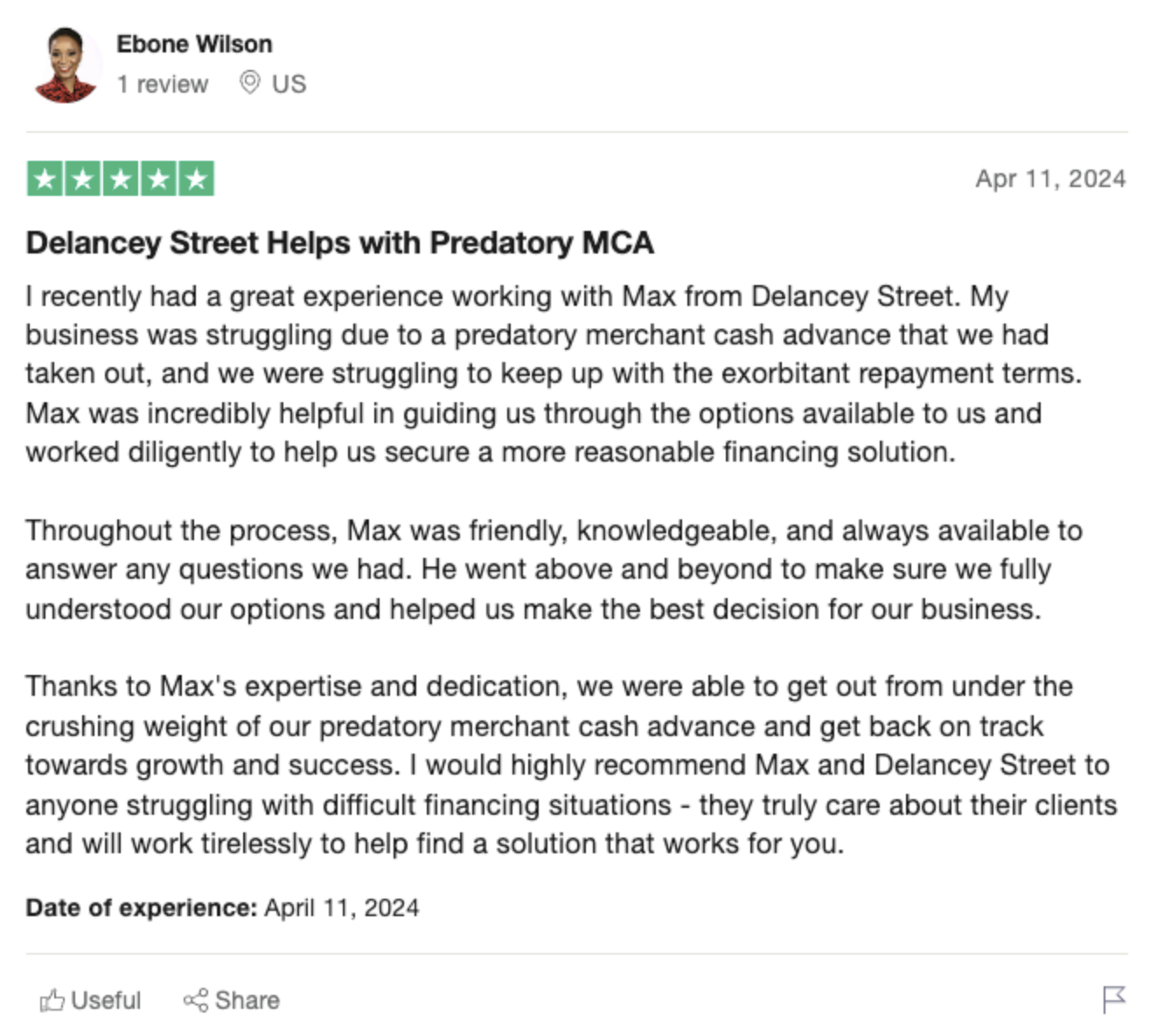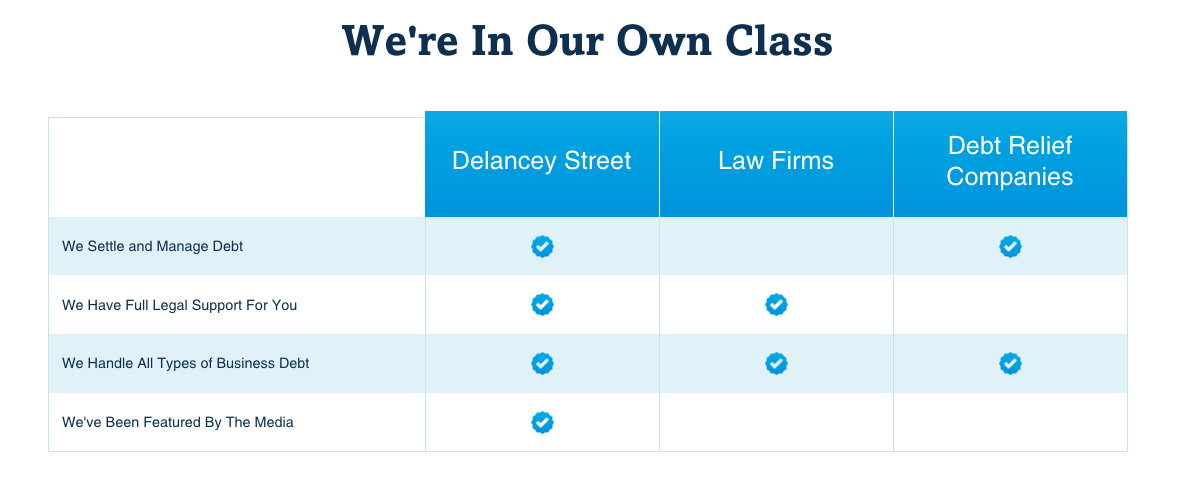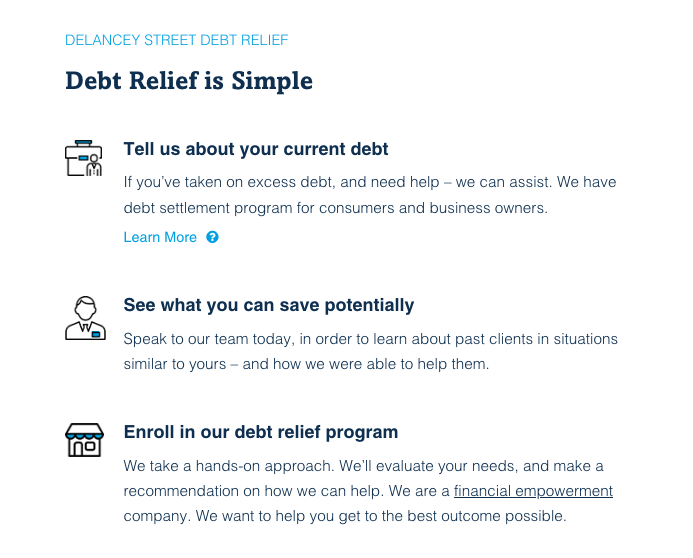How to Purchase an Existing Business
1. Understanding the Basics
Purchasing an existing business can be a complex process. You need to understand the basics before diving in. So, what do you need to know? First, you need to research the industry. This helps you understand market trends. Then, consider the type of business you want. Think about your skills and interests. These will guide your choice. Next, you need to assess the business’s financial health. Look at the balance sheet, income statement, and cash flow statement. They show the business’s profitability. But don’t stop there. Check for outstanding debts. Debts can be a red flag.
What about legal obligations? These are crucial. You must ensure the business complies with all laws and regulations. Investigate permits and licenses. Are they current? Expired licenses can cause problems. Also, consider the location. Is it in a thriving area? Location affects customer traffic. Finally, think about the business’s reputation. A good reputation is a valuable asset. It attracts customers and fosters loyalty. A bad reputation can be a liability. Investigate online reviews and talk to current customers. Their feedback is invaluable.
 -
-Buying an existing business offers many advantages. You get an established brand and customer base. This reduces the time and effort needed to build from scratch. Additionally, existing businesses have proven revenue streams. This lowers financial risk. But be cautious. Due diligence is key. Thorough research and careful planning are essential.
| Basic Considerations for Purchasing a Business |
|---|
| Research the industry |
| Assess financial health |
| Check legal obligations |
| Evaluate location |
| Investigate reputation |
2. Conducting Due Diligence
Due diligence is a critical step. It ensures you make an informed decision. Start with financial due diligence. Review financial statements. They reveal the business’s financial health. Look at the balance sheet. It shows assets and liabilities. Check the income statement. It indicates profitability. Don’t forget the cash flow statement. It tracks the flow of money in and out. Also, scrutinize tax returns. They provide insights into the business’s financial practices.
Legal due diligence is equally important. Verify permits and licenses. Ensure they are current. Check for any legal disputes. Lawsuits can be costly. Investigate employee contracts. Are they up to date? Review lease agreements. Ensure favorable terms. Assess intellectual property. Protecting trademarks and patents is crucial. Also, examine customer and supplier contracts. Strong relationships are vital.
Operational due diligence focuses on the business’s day-to-day activities. Evaluate management and staff. Are they competent? Review processes and systems. Efficiency is key. Assess the customer base. Are they loyal? Investigate suppliers. Reliable suppliers are essential. Examine inventory. Is it well-managed? Check for any outstanding orders. These can affect cash flow.
 -
-Market due diligence helps you understand the industry. Research market trends. They indicate future growth potential. Analyze competitors. Understand their strengths and weaknesses. Evaluate the business’s market position. A strong position is advantageous. Assess regulatory changes. They can impact the business.
Conducting due diligence is time-consuming. But it’s necessary. It helps you avoid costly mistakes. A thorough investigation ensures you make a wise investment.
| Due Diligence Checklist |
|---|
| Financial due diligence |
| Legal due diligence |
| Operational due diligence |
| Market due diligence |
3. Valuing the Business
Valuing a business is crucial. It determines the purchase price. Several methods can be used. The most common is the asset-based approach. It values the business based on its assets. Calculate the net asset value. Subtract liabilities from assets. This gives you the business’s worth. This method works well for asset-heavy businesses.
The income-based approach focuses on profitability. It values the business based on its earning potential. Calculate the business’s earnings before interest, taxes, depreciation, and amortization (EBITDA). Multiply EBITDA by an industry-specific multiple. This gives you the business’s value. This method is ideal for profitable businesses.
The market-based approach compares similar businesses. It values the business based on market data. Find comparable businesses that have been sold. Analyze their sale prices. Adjust for differences in size and location. This method provides a market-driven valuation.
 -
-Consider the business’s intangible assets. These include brand reputation, customer relationships, and intellectual property. They add value. Don’t overlook them. Also, factor in economic conditions. A strong economy boosts value. A weak economy lowers it.
Valuation is not an exact science. It involves assumptions and estimates. Use multiple methods. Compare results. This gives you a more accurate value. Also, seek professional advice. Accountants and business appraisers can help. They provide expertise and objectivity.
| Business Valuation Methods |
|---|
| Asset-based approach |
| Income-based approach |
| Market-based approach |
4. Negotiating the Deal
Negotiating is a critical step. It determines the terms of the deal. Start with a thorough understanding of the business’s value. This sets the foundation. Be prepared to justify your valuation. Use data and analysis. This strengthens your position.
 -
-Establish your negotiation objectives. What do you want to achieve? Consider price, payment terms, and conditions. Be clear about your priorities. Also, understand the seller’s objectives. This helps you find common ground.
Begin negotiations with a fair offer. This sets a positive tone. Be respectful and professional. Avoid aggressive tactics. They can backfire. Listen actively. Understand the seller’s perspective. This fosters cooperation. Be prepared to compromise. Flexibility is key. Focus on win-win outcomes. This builds goodwill.
Discuss payment terms. Consider different options. These include lump-sum payments, installment payments, and seller financing. Each has advantages and disadvantages. Choose the option that suits your financial situation.
Negotiate conditions of sale. These include warranties and representations. They protect your interests. Also, discuss transition arrangements. Smooth transitions ensure continuity. Consider the seller’s role post-sale. Their expertise can be valuable.
Document the agreement. Use a letter of intent (LOI). It outlines the terms of the deal. It’s not legally binding. But it shows commitment. Seek legal advice. Ensure the agreement is fair and enforceable.
| Negotiation Considerations |
|---|
| Business value justification |
| Objectives and priorities |
| Payment terms |
| Conditions of sale |
| Transition arrangements |
5. Securing Financing
Financing is essential. It enables the purchase. Several options are available. Traditional bank loans are common. They offer competitive interest rates. But they require strong credit. Also, collateral may be needed. Another option is Small Business Administration (SBA) loans. They offer favorable terms. But the application process is rigorous.
Seller financing is an alternative. The seller provides a loan. You repay over time. This option can be flexible. It aligns the seller’s interests with yours. But it may come with higher interest rates. Personal savings can also be used. They provide immediate funds. But they deplete your savings.
Consider investors. They provide capital in exchange for equity. This option shares the risk. But it dilutes your ownership. Crowdfunding is another option. It involves raising small amounts from many people. It’s suitable for businesses with strong public appeal.
Evaluate each option. Consider the cost, risk, and impact on ownership. Choose the option that suits your situation. Also, prepare a solid business plan. It’s essential for securing financing. It demonstrates your business’s potential. It includes financial projections, market analysis, and a strategy.
Seek professional advice. Financial advisors and accountants can help. They provide expertise and guidance. They help you choose the best financing option.
| Financing Options |
|---|
| Traditional bank loans |
| SBA loans |
| Seller financing |
| Personal savings |
| Investors |
| Crowdfunding |
6. Finalizing the Purchase
Finalizing the purchase involves several steps. First, conduct a final review. Verify all information. Ensure there are no surprises. Confirm financial data. Review legal documents. Ensure all permits and licenses are valid. Check for any outstanding issues.
Prepare the purchase agreement. It’s a legal document. It outlines the terms of the sale. It includes the purchase price, payment terms, and conditions. Seek legal advice. Ensure the agreement is fair and enforceable.
Arrange financing. Finalize your financing option. Ensure funds are available. Coordinate with your lender or investors. Prepare for closing costs. These include legal fees, taxes, and other expenses.
Plan the transition. Develop a transition plan. It ensures a smooth handover. Consider the seller’s role post-sale. Their expertise can be valuable. Communicate with employees. Ensure they understand the changes. Address their concerns.
Execute the purchase agreement. It’s the final step. Sign the agreement. Transfer funds. Ensure all conditions are met. This includes transferring permits and licenses. Confirm the transfer of assets. This includes inventory, equipment, and intellectual property.
Celebrate the acquisition. It’s a significant milestone. Acknowledge the efforts of everyone involved. Look forward to the future. You now own a business. It’s the beginning of a new journey.
| Finalizing Steps |
|---|
| Final review |
| Prepare purchase agreement |
| Arrange financing |
| Plan transition |
| Execute agreement |
| Celebrate acquisition |
7. Post-Purchase Integration
Integration is crucial. It ensures the business operates smoothly. Start with a detailed plan. It outlines integration steps. Include timelines and responsibilities. Communicate with employees. Ensure they understand the changes. Address their concerns.
Focus on customers. Inform them of the changes. Reassure them of continued service. Maintain strong customer relationships. They are the business’s lifeblood. Address any issues promptly.
Evaluate operations. Identify areas for improvement. Implement changes gradually. Avoid disrupting operations. Focus on efficiency and effectiveness. Monitor performance. Use key performance indicators (KPIs). They track progress.
Integrate systems. Ensure compatibility. This includes accounting, inventory, and customer management systems. Train employees. Ensure they understand new systems. Provide support as needed.
Review financials. Monitor cash flow. Ensure profitability. Address any financial issues promptly. Plan for growth. Develop strategies to expand the business. Focus on innovation and market trends.
Celebrate milestones. Acknowledge successes. Recognize the efforts of everyone involved. Build a positive culture. It fosters loyalty and commitment.
| Integration Steps |
|---|
| Detailed plan |
| Communicate with employees |
| Focus on customers |
| Evaluate operations |
| Integrate systems |
| Review financials |
8. Navigating Challenges
Challenges are inevitable. Be prepared to navigate them. Start with a proactive approach. Anticipate potential issues. Develop contingency plans. This ensures you are ready.
Employee resistance can be a challenge. Communicate openly. Address their concerns. Involve them in the process. This fosters cooperation. Focus on building trust. It’s essential for a smooth transition.
Financial issues can arise. Monitor cash flow. Ensure profitability. Address any issues promptly. Consider cost-cutting measures. They can improve financial health. Seek professional advice. Accountants and financial advisors can help.
Operational challenges can disrupt the business. Evaluate processes. Identify inefficiencies. Implement changes gradually. Focus on improving productivity. Monitor performance. Use KPIs to track progress.
Customer retention is crucial. Maintain strong relationships. Provide excellent service. Address any issues promptly. Focus on customer satisfaction. It drives loyalty and growth.
Legal issues can be costly. Ensure compliance with all laws and regulations. Seek legal advice. Lawyers can help navigate complex issues. Be proactive. Address any issues promptly.
| Common Challenges |
|---|
| Employee resistance |
| Financial issues |
| Operational challenges |
| Customer retention |
| Legal issues |
Purchasing an existing business is a significant decision. It involves several steps and considerations. But with thorough research, careful planning, and diligent execution, you can navigate the process successfully. Remember to seek professional advice. It provides valuable insights and guidance.







